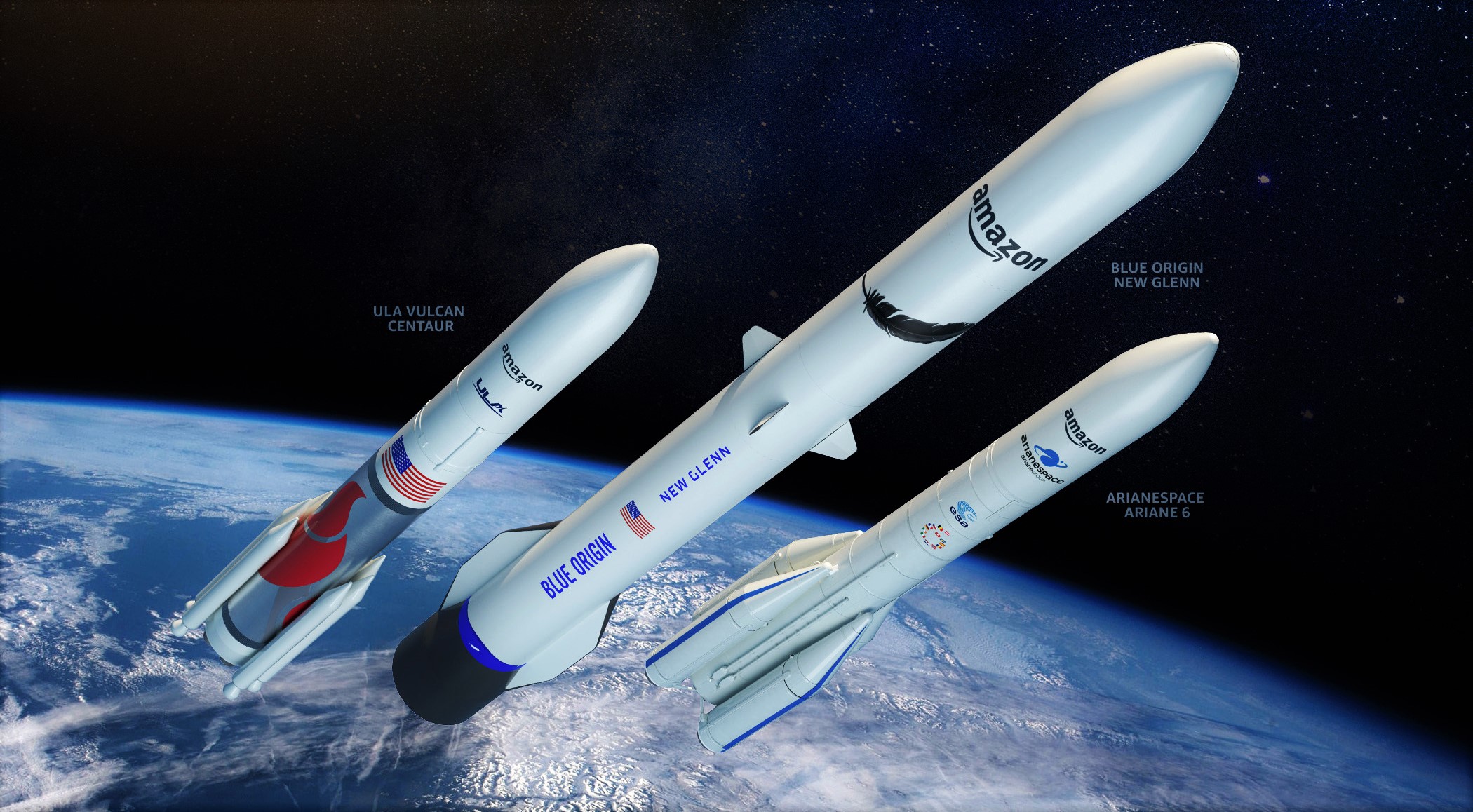
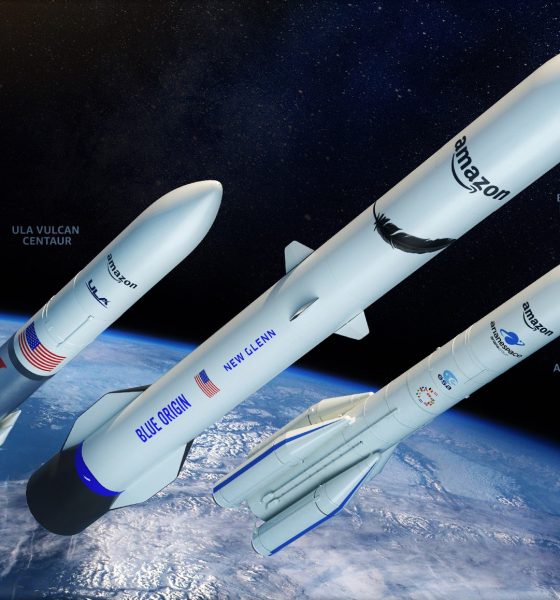
News
Amazon chooses everyone but SpaceX to launch its Starlink competitor
Amazon has announced a series of record-breaking launch contracts that will place a “majority” of its 3,236-satellite Project Kuiper constellation in orbit in the hope of blanketing the Earth with high-quality internet alongside OneWeb, Starlink, Telesat, and others.
Of 68 firm launch contracts and a total of 83 contracts including unexercised options, SpaceX – the world’s most cost-effective, available launch provider – is fully absent. Instead, Amazon, has awarded three batch contracts to United Launch Alliance (ULA), Arianespace, and Blue Origin. Prior to this announcement, Amazon had already purchased two launches of prototype satellites on startup ABL Space’s RS1 rockets and nine operational launches on ULA Atlas V rockets, rounding out what is undoubtedly the most expensive set of commercial launch purchases in spaceflight history.
More likely than not, Amazon is paying a bare minimum of $100 million per launch, though $150-200 million is probably closer to reality. All three of the rockets now scheduled to launch most Kuiper satellites have yet to fly. Arianespace’s Ariane 6 and ULA’s Vulcan Centaur could debut in late 2022, though 2023 is more likely. Blue Origin’s partially reusable New Glenn is unlikely to fly before 2024 or even 2025.
Amazon has now purchased:
- 9 Atlas V launches, each likely costing $150-200 million.
- 12 New Glenn launches, with options for 15 more. Blue Origin says New Glenn will be able to carry 61 satellites per launch. The company has yet to reveal pricing but $100 million per launch is a probable floor.
- 18 Ariane 6 launches carrying 35-40 satellites apiece. As of 2014, the rocket’s most capable variant was expected to cost at least €115 million (~$125 million) per launch.
- 38 Vulcan Centaur launches carrying 45 satellites apiece. ULA wants the cheapest Vulcan variant to cost ~$100 million. Project Kuiper, which likely needs the most expensive Vulcan variant, will probably pay closer to $125-150 million per launch.

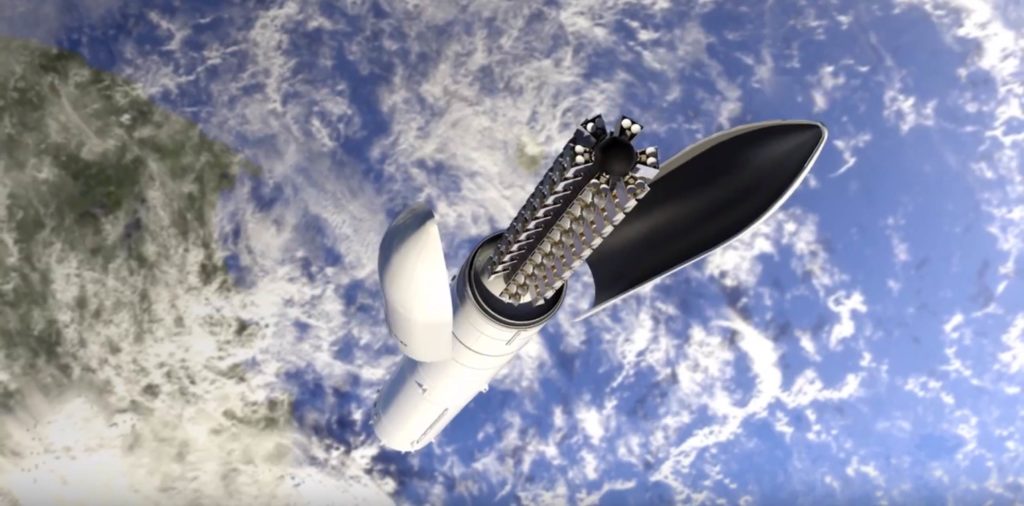
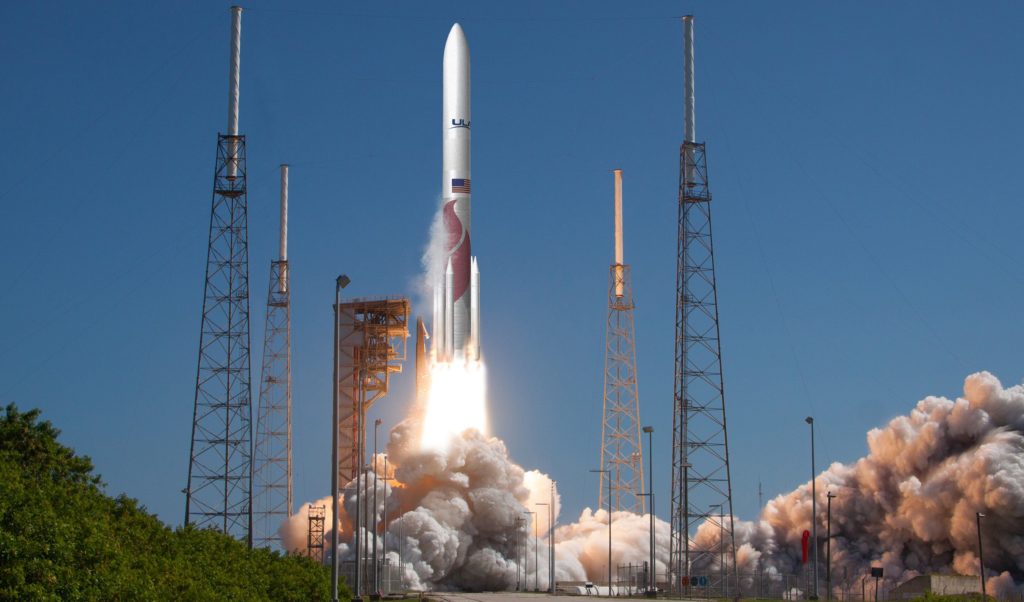
All told, assuming Atlas V can launch at least 15-20 satellites apiece, Amazon’s latest contract likely means that the company has secured enough launch capacity to fully launch the first phase of its Project Kuiper constellation without exercising options. Those 77 operational launches will likely cost the company a minimum of $9.5-10 billion before accounting for the cost of Kuiper satellites or payload adapters.
According to NASA’s ELVPerf calculator, which uses official data provided by each company, Vulcan’s heaviest VC6 variant can launch ~27 tons (~60,000 lb) and New Glenn can launch ~35 tons (~77,000 lb) to a low 300-kilometer (~190 mile) insertion orbit. Ariane 6’s most capable ’64’ variant will likely be able to launch about 20 tons (~44,000 lb) to the same orbit, though official info is only available for a circular 500-kilometer orbit. Assuming Project Kuiper launches are not volume constrained, meaning that most of each rocket’s available performance is being taken advantage of, each Kuiper satellite likely weighs no more than 500-600 kilograms (1100-1300 lb).
Falcon 9 recently broke an internal payload record with the successful launch of 16.25 tons of Starlink satellites to a similarly low insertion orbit. Including the mass of a payload adapter and deployment mechanism, Falcon 9’s true performance was likely closer to 17-18 tons. Combined with Falcon 9’s cheapest public commercial launch contract (~$50 million), it’s possible that SpaceX’s partially reusable Falcon 9 rockets could have launched 25-30 Kuiper satellites apiece for an average cost of ~$1.7 to $2 million per satellite – around 50-80% cheaper than Kuiper’s likely average.
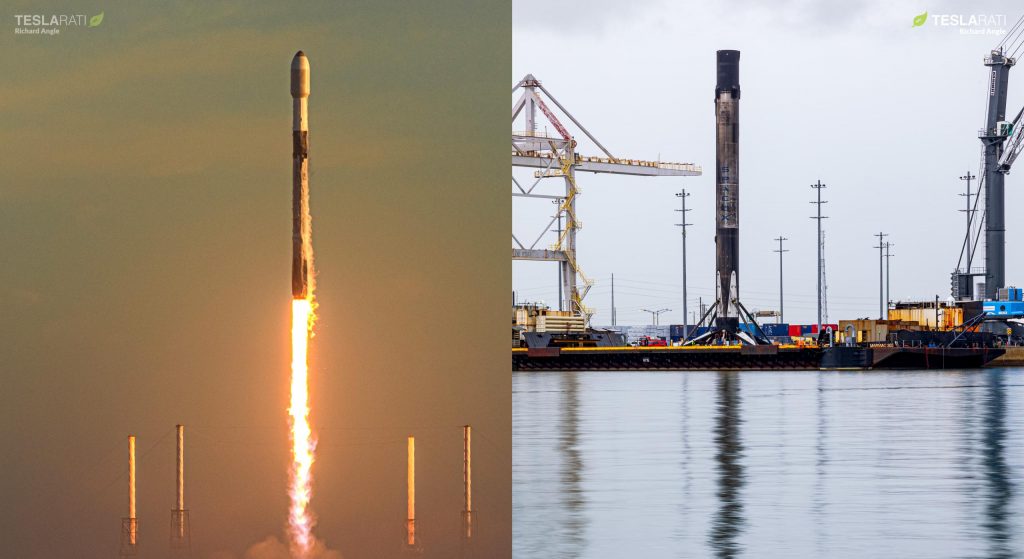
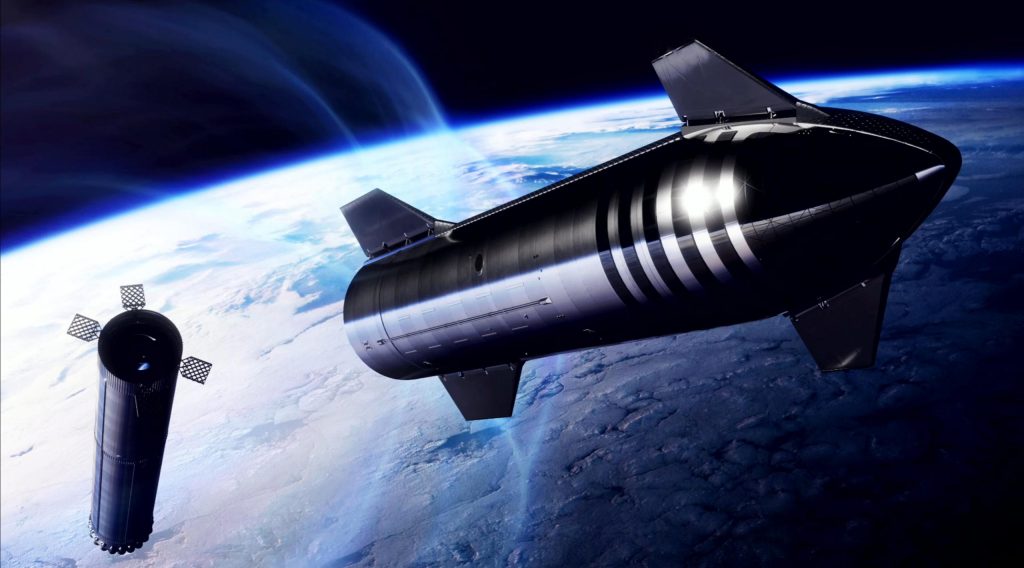
Those significant savings don’t consider SpaceX’s next-generation Starship launch vehicle, which will likely reach orbit and begin commercial launches at least a year before New Glenn. Starship could feasibly carry 100-150 Kuiper satellites per launch and, if full reusability is achieved, might cost less than Falcon 9 despite offering at least five times the performance.
Per Amazon’s Project Kuiper FCC constellation license, the company will need to launch half of its constellation – 1618 satellites – by July 2026. It’s not actually clear if Arianespace, ULA, and Blue Origin will be able to collectively complete the roughly 36 launches that will require over the next four years. In the last four years, Arianespace’s Ariane 5 and ULA’s Atlas and Delta rockets have collectively launched 38 times. The first Kuiper satellite prototype is scheduled to launch no earlier than late 2022, meaning that operational launches are unlikely to begin before mid-2023.

Elon Musk
Elon Musk and Tesla AI Director share insights after empty driver seat Robotaxi rides
The executives’ unoccupied tests hint at the rapid progress of Tesla’s unsupervised Robotaxi efforts.
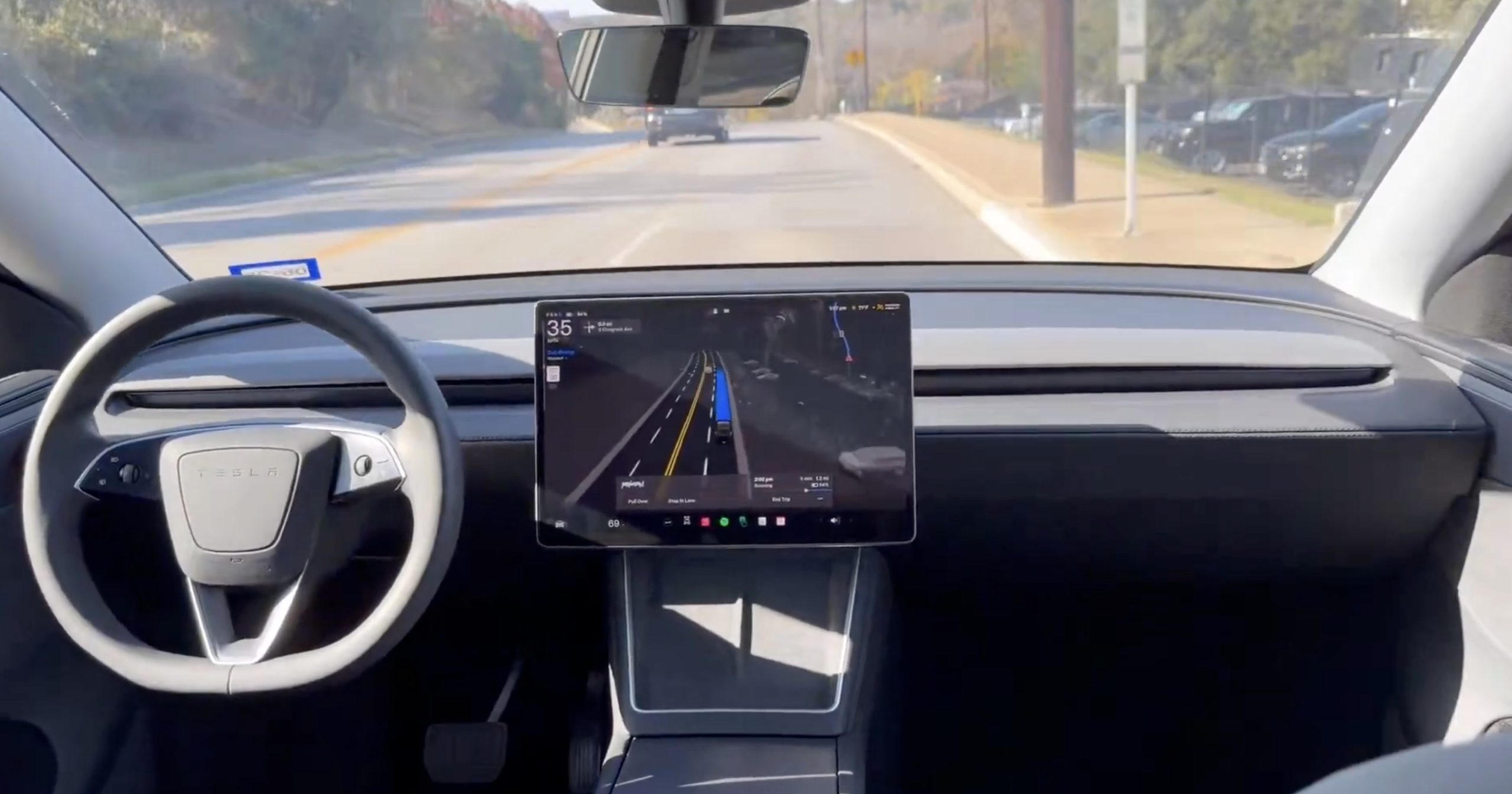
Tesla CEO Elon Musk and AI Director Ashok Elluswamy celebrated Christmas Eve by sharing personal experiences with Robotaxi vehicles that had no safety monitor or occupant in the driver’s seat. Musk described the system’s “perfect driving” around Austin, while Elluswamy posted video from the back seat, calling it “an amazing experience.”
The executives’ unoccupied tests hint at the rapid progress of Tesla’s unsupervised Robotaxi efforts.
Elon and Ashok’s firsthand Robotaxi insights
Prior to Musk and the Tesla AI Director’s posts, sightings of unmanned Teslas navigating public roads were widely shared on social media. One such vehicle was spotted in Austin, Texas, which Elon Musk acknowleged by stating that “Testing is underway with no occupants in the car.”
Based on his Christmas Eve post, Musk seemed to have tested an unmanned Tesla himself. “A Tesla with no safety monitor in the car and me sitting in the passenger seat took me all around Austin on Sunday with perfect driving,” Musk wrote in his post.
Elluswamy responded with a 2-minute video showing himself in the rear of an unmanned Tesla. The video featured the vehicle’s empty front seats, as well as its smooth handling through real-world traffic. He captioned his video with the words, “It’s an amazing experience!”
Towards Unsupervised operations
During an xAI Hackathon earlier this month, Elon Musk mentioned that Tesla owed be removing Safety Monitors from its Robotaxis in Austin in just three weeks. “Unsupervised is pretty much solved at this point. So there will be Tesla Robotaxis operating in Austin with no one in them. Not even anyone in the passenger seat in about three weeks,” he said. Musk echoed similar estimates at the 2025 Annual Shareholder Meeting and the Q3 2025 earnings call.
Considering the insights that were posted Musk and Elluswamy, it does appear that Tesla is working hard towards operating its Robotaxis with no safety monitors. This is quite impressive considering that the service was launched just earlier this year.
Elon Musk
Starlink passes 9 million active customers just weeks after hitting 8 million
The milestone highlights the accelerating growth of Starlink, which has now been adding over 20,000 new users per day.

SpaceX’s Starlink satellite internet service has continued its rapid global expansion, surpassing 9 million active customers just weeks after crossing the 8 million mark.
The milestone highlights the accelerating growth of Starlink, which has now been adding over 20,000 new users per day.
9 million customers
In a post on X, SpaceX stated that Starlink now serves over 9 million active users across 155 countries, territories, and markets. The company reached 8 million customers in early November, meaning it added roughly 1 million subscribers in under seven weeks, or about 21,275 new users on average per day.
“Starlink is connecting more than 9M active customers with high-speed internet across 155 countries, territories, and many other markets,” Starlink wrote in a post on its official X account. SpaceX President Gwynne Shotwell also celebrated the milestone on X. “A huge thank you to all of our customers and congrats to the Starlink team for such an incredible product,” she wrote.
That growth rate reflects both rising demand for broadband in underserved regions and Starlink’s expanding satellite constellation, which now includes more than 9,000 low-Earth-orbit satellites designed to deliver high-speed, low-latency internet worldwide.
Starlink’s momentum
Starlink’s momentum has been building up. SpaceX reported 4.6 million Starlink customers in December 2024, followed by 7 million by August 2025, and 8 million customers in November. Independent data also suggests Starlink usage is rising sharply, with Cloudflare reporting that global web traffic from Starlink users more than doubled in 2025, as noted in an Insider report.
Starlink’s momentum is increasingly tied to SpaceX’s broader financial outlook. Elon Musk has said the satellite network is “by far” the company’s largest revenue driver, and reports suggest SpaceX may be positioning itself for an initial public offering as soon as next year, with valuations estimated as high as $1.5 trillion. Musk has also suggested in the past that Starlink could have its own IPO in the future.
News
NVIDIA Director of Robotics: Tesla FSD v14 is the first AI to pass the “Physical Turing Test”
After testing FSD v14, Fan stated that his experience with FSD felt magical at first, but it soon started to feel like a routine.

NVIDIA Director of Robotics Jim Fan has praised Tesla’s Full Self-Driving (Supervised) v14 as the first AI to pass what he described as a “Physical Turing Test.”
After testing FSD v14, Fan stated that his experience with FSD felt magical at first, but it soon started to feel like a routine. And just like smartphones today, removing it now would “actively hurt.”
Jim Fan’s hands-on FSD v14 impressions
Fan, a leading researcher in embodied AI who is currently solving Physical AI at NVIDIA and spearheading the company’s Project GR00T initiative, noted that he actually was late to the Tesla game. He was, however, one of the first to try out FSD v14.
“I was very late to own a Tesla but among the earliest to try out FSD v14. It’s perhaps the first time I experience an AI that passes the Physical Turing Test: after a long day at work, you press a button, lay back, and couldn’t tell if a neural net or a human drove you home,” Fan wrote in a post on X.
Fan added: “Despite knowing exactly how robot learning works, I still find it magical watching the steering wheel turn by itself. First it feels surreal, next it becomes routine. Then, like the smartphone, taking it away actively hurts. This is how humanity gets rewired and glued to god-like technologies.”
The Physical Turing Test
The original Turing Test was conceived by Alan Turing in 1950, and it was aimed at determining if a machine could exhibit behavior that is equivalent to or indistinguishable from a human. By focusing on text-based conversations, the original Turing Test set a high bar for natural language processing and machine learning.
This test has been passed by today’s large language models. However, the capability to converse in a humanlike manner is a completely different challenge from performing real-world problem-solving or physical interactions. Thus, Fan introduced the Physical Turing Test, which challenges AI systems to demonstrate intelligence through physical actions.
Based on Fan’s comments, Tesla has demonstrated these intelligent physical actions with FSD v14. Elon Musk agreed with the NVIDIA executive, stating in a post on X that with FSD v14, “you can sense the sentience maturing.” Musk also praised Tesla AI, calling it the best “real-world AI” today.








